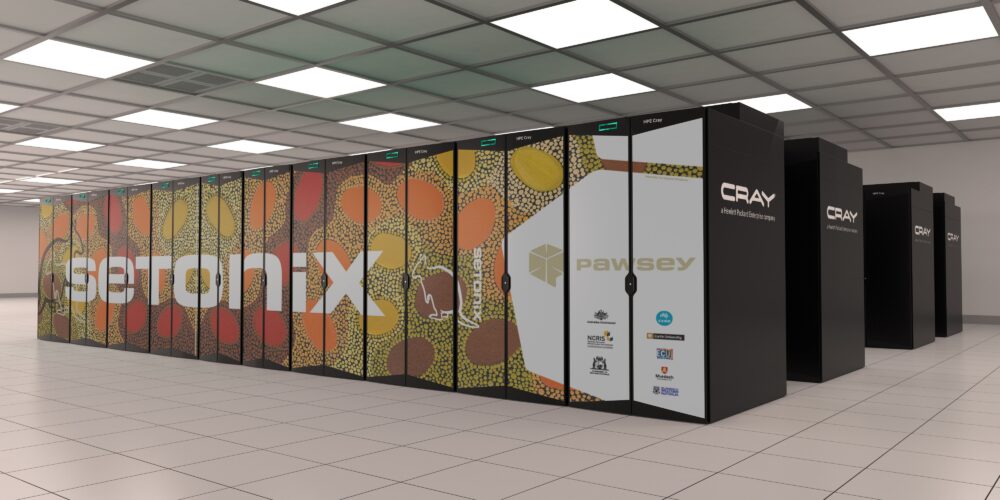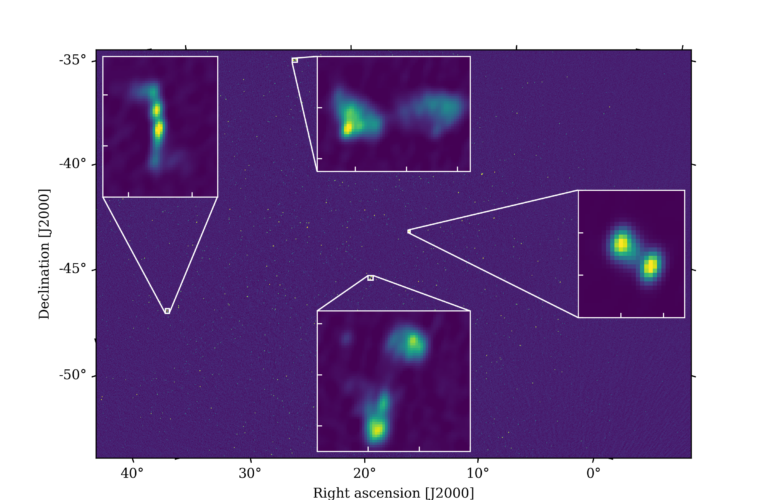PIGI: Parallel interferometric GPU imaging
Pawsey Supercomputing Centre; Curtin University; University of Toronto

Credit: Pawsey Superc – For illustrative purpose only
Many future high-value projects, such as the Square Kilometre Array, will require greater levels of computational power (regardless of their specialised focus) to handle the unprecedented amount of data they will produce.
The Pawsey Centre for Extreme-Scale Readiness (PaCER) was established with the goal of preparing Australia’s computational researchers for this new era of supercomputing. To achieve this goal, PaCER engaged the CIDS on the PIGI project in which recent advancements in interferometric reconstruction algorithms were combined with fast instrumental modelling GPUs.
This will allow the extremely large data sets produced by instruments, such as the SKA, to be reconstructed into accurate images. These images can be used to achieve scientific goals, such as detecting the first stars and probing cosmic magnetic fields, to mapping the large-scale structures of our Universe.
Figure 1: An image from a two-minute observation by the Murchison Widefield Array, each bright point is an active galactic nuclei and its jets. A similar observation conducted by the SKA will be composed of roughly 6 petabytes of data – enough to fill over 100,000 MacBook Pros.

Credit: MWA, 2021